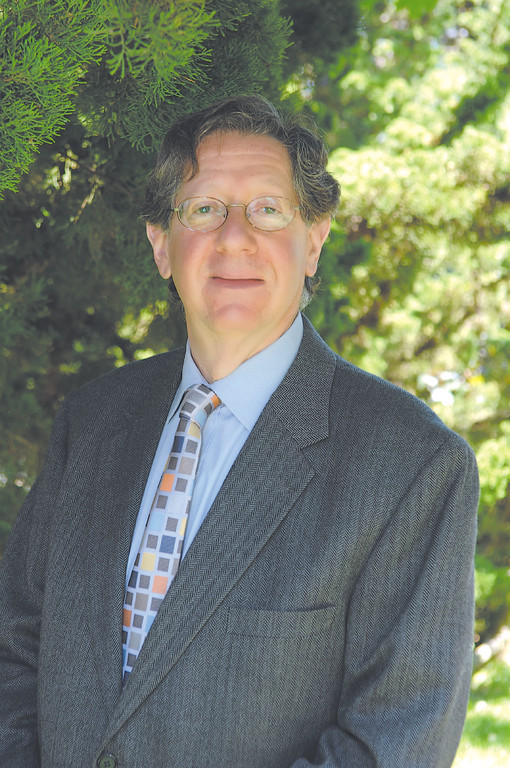The Kosher Bookworm: A Pesach Tribute To Rav Scheinberg
This past week marked the passing of one of the greatest sages of our era, HaRav Chaim Pinchas Scheinberg, zt”l. In his memory I will begin this week’s essay with a dvar Torah written by him and published some years ago.
“The Torah Way of Life - Shemos” [Jerusalem Publications, 2005] contains some of Rav Scheinberg’s most notable teachings. With the festival of Pesach next week please consider the following excerpt from Parshat Bo: “Always Remember Miracles”
“Every one of the Ten Plagues, each in its own unique manner, proved that the universe has a Creator who is directing it, that G-d is its sole Master, and that He is our G-d.
Everyone in Egypt saw, experienced, and knew this. According to what the Ramban is teaching us, these great open miracles gave us the means to understand fully the infinite miracles that occur in daily life, all the wonders that are hidden behind the façade of what we call nature. This is the important lesson behind all the magnificent marvels that G-d did for us at the time of our redemption.”
Further on Rav Scheinberg teaches us the following:
“The Ten Plagues were lessons for our people, everlasting demonstrations of the power, majesty, and supremacy of our Creator. All was perfectly clear, an experience of truth that we are commanded never to forget. The greatest civilization of that time was in ruins, and Klal Yisrael were on their way to accept the Torah at Sinai.”
“Obedience to G-d’s mitzvos saved us. G-d took special notice of our compliance with his will. The blood on the doorways was the sign for us to know then – and to remember always – that on that night of Pesach we obeyed His will, and so G-d did miracles for us and redeemed us.
“G-d’s miracles are constant and infinite. They may be hidden, but through obeying His will, they become revealed and obvious to those of us sensitive enough to perceive them.”
The above is just a small sample of the printed teachings of Rav Scheinberg, zt”l. Hopefully, you will have the opportunity to acquire this work and learn more fully from his wise words, teachings and observations, especially at this time and season.
Hopefully, in the years to come, and based upon past literary experience, Rabbi Dovid Weinberger, a grandson through marriage, will find the opportunity and appropriate publishing venue to collect and publish more of the teachings of Rav Scheinberg, zt”l, for all to learn and benefit from.
FURTHER PESACH RELATED WRITINGS
This past year witnessed the publication of a very interesting and learned work on American constitutional law entitled, “Constitutional Redemption” [Harvard University Press, 2011] by Yale University law professor Jack Balkin.
Subtitled, “Political faith in an unjust world,” this book gives a faith based narrative to an otherwise faithless discipline of study.
What caught my attention in this text were several rather interesting references concerning Pesach that I wish to cite for your attention. While my personal opinions are at variance with this author’s liberal political predispositions, his referencing of Pesach as an example of how the past should influence our legal decision making processes and be of interest to all who hold in high regard the sacred nature of our nation’s constitution.
Consider the following:
“In the Passover seder, Jews living today tell themselves that they were slaves in Egypt, that G-d brought them forth from the house of bondage with a strong hand and an outstretched arm, with signs and wonders.”
Further on in the text, Balkin states the following:
“The whole point of the seder, after all is, to encourage people – especially young and impressionable children – to identify with people long dead and to commitments and promises made long ago, and equally important, to get them to identify with the present religious community in which they live…..
“The lesson of the seder text is that it is a bad thing to fail to identify with the past, and with those persons who lived before us. The reason is obvious. The point of the service is to renew association and connection to a religious tradition that stretches over many years. Doing so keeps the tradition going…..The service calls upon parents to reinforce the idea of narrative identification with a collective subject: what happened in Egypt happened to the Jews as a people, and thus to the parents [and to their children] as well.”
The author goes on to apply this Pesach model to both the legal and political scene in the United States, a unique and rather novel approach to the teaching and modeling of law study for our times. Much can be learned from this, and the use of the Pesach observance
is surprising in both its application as well as in its description. It hardly reflects a traditional mode and theological image but it does point to how our religious experiences and observances can be applied to secular disciplines and to other people’s lives in a positive manner.
FOR FURTHER STUDY
I am pleased to note the forthcoming publication of Rav Avraham Davis’ “Sifsei Chachomim – Vayikra” in English, continuing the series just in time for the annual readings from Vayikra.
Also, for your learning pleasure, please check out “Nissim V’Niflos-Halachic Perspectives on Pesach,” also in English, based upon the teachings of Rav Don Blumberg.

 60.0°,
Mostly Cloudy
60.0°,
Mostly Cloudy 







